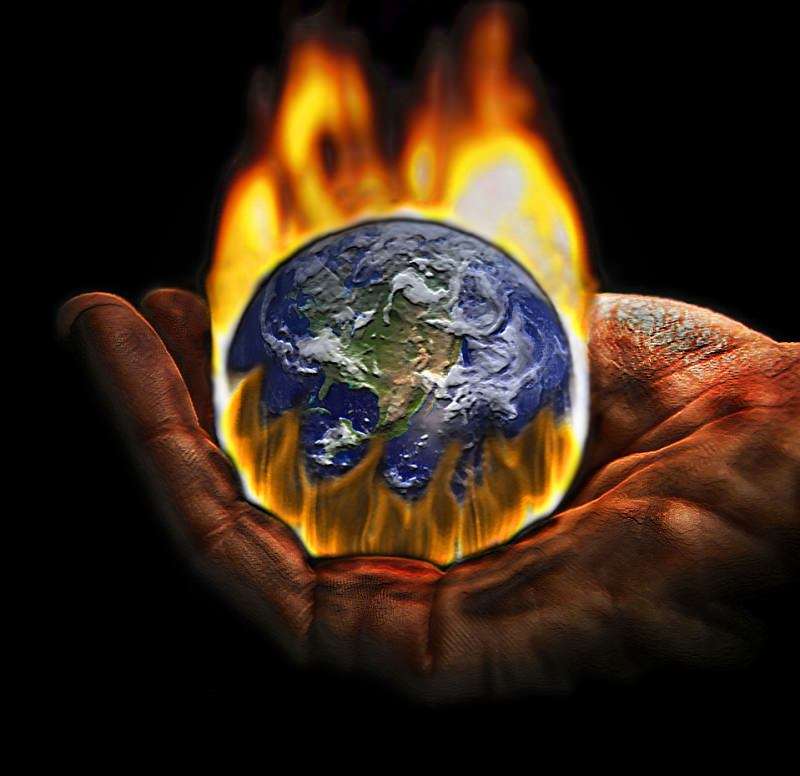Lessons from the Death of the Aussie Carbon Tax
Putting economies on an energy diet is not the way to fight climate change.

Environmentalists had a global meltdown last week after Australia scrapped its carbon tax. They denounced the move as "retrograde" and "environmental vandalism."
They can fume all they want, but Australia's action, combined with Europe's floundering cap-and-trade program, signals that "mitigation" strategies—curbing greenhouse gases by putting economies on an energy diet—are not winning or workable.
Australia leapfrogged from being an environmental laggard (initially refusing to even sign the Kyoto Protocol) to a leader when its Green Party-backed Labor prime minister imposed a tax two years ago. It required Australia's utilities and industries to pay $23 per ton of greenhouse gas emissions.
But the tax was an instant debacle.
Australia has the highest per capita carbon dioxide emissions in the world and the main reason is that it's even more coal-dependent than America. Coal supplies 75 percent of its energy needs (compared to 42 percent in America). But contrary to green expectations, the tax didn't prompt companies to rush toward renewable sources, because they are far costlier.
Rather, utilities passed their costs to households—whose energy bills soared by 20 percent in the first year. Other industries that face hyper-competitive environment such as airlines suffered massive losses. (Virgin Australia alone reported $27 million in losses in just six months.) The tax also made Australian exports globally uncompetitive, deepening the country's recession economic slump.*
This spawned a backlash that brought down the Labor government and catapulted into office the Liberal Party's Tony Abbott, who made a "blood promise" to ditch the tax, which he did promptly once elected, despite warnings that Aussie lowlands are more vulnerable to rising sea levels and other dire consequences of global warming than other countries.
Europe's cap-and-trade program has managed to hang on, but only by neutering itself. The program hands companies an annual emission allowance. If they exceed it, they have to buy more on the open market or invest in clean technologies.
But the program handed out far too many allowances for free initially, causing their price to repeatedly crash. Worse, the European Parliament last year refused to scale back the allowances as planned for fear of prolonging the recession.
The upshot is that despite spending $287 billion, Europe has little to show for it. (Australia's tax at least reduced its carbon emissions 1.5 percent in the first year). According to a study by UBS, Switzerland's biggest bank the program has had "almost zero impact" on emissions—challenging the much more rosy assessments of the European Commission.
Environmentalists blame Europe's failure on "design flaws" like basing its initial allowance cap on companies' own projections of what they need and then handing them these allowances for free.
Hence, California, which implemented its own version of cap and trade in 2010, set its cap based on independent projections and auctioned a portion of the allowances.
It's too early to tell if the Golden State's program is cutting emissions. But its economic pain is beginning to kick in, especially for the poor. If applied as written, it will cause California's gas prices, already 50 cents above the national average, to rise another 40 cents.
This prompted 16 state senate Democrats—Democrats!—earlier this month to ask emissions czar Mary Nichols to neuter—I mean, "redesign"—the program.
But the "redesign" can't change the fundamental conundrum of mitigation strategies whether carbon taxes or cap-and-trade: In order to work, they have to administer bitter economic medicine. But when the do, the public revolts.
That's why even gung-ho global warming warriors are beginning to have second thoughts about emission cuts. Canada withdrew from the Kyoto Protocol in 2011. Japan retreated from its pledges last year. And South Korea's finance minister is hinting that his country will delay its cap-and-trade program. (This ensures that next year's Paris summit to discuss even more ambitious reductions will be a complete waste of time and emissions.)
But even if the whole world kept its Kyoto pledges, the global temperature would come down by a grand total of 0.11 to 0.20°F by 2100. Clearly, this is too much pain for too little gain.
So what should enviros do?
Accept that sins of emission can't be legislated away and abandon their quixotic quest for radical cuts in favor of less economically destructive coping strategies. These include sequestration (capturing emissions and diffusing them in a safe way) or growing carbon-sink forests or "ugly" geo-engineering fixes.
Australia's lesson is that in any serious contest between the economy and the environment, the environment looses.
This column originally appeared in the Washington Examiner
* Whether or not Australia was in a recession is unclear.


Show Comments (109)